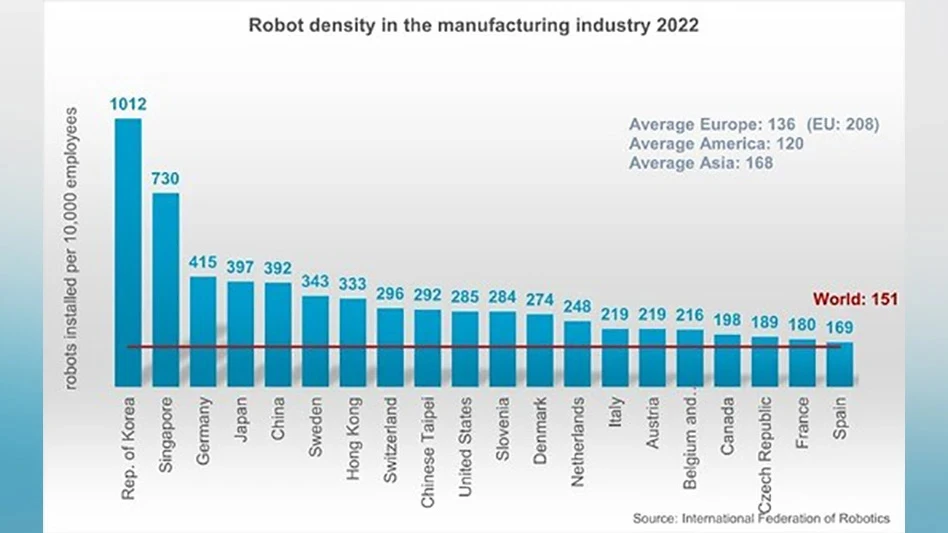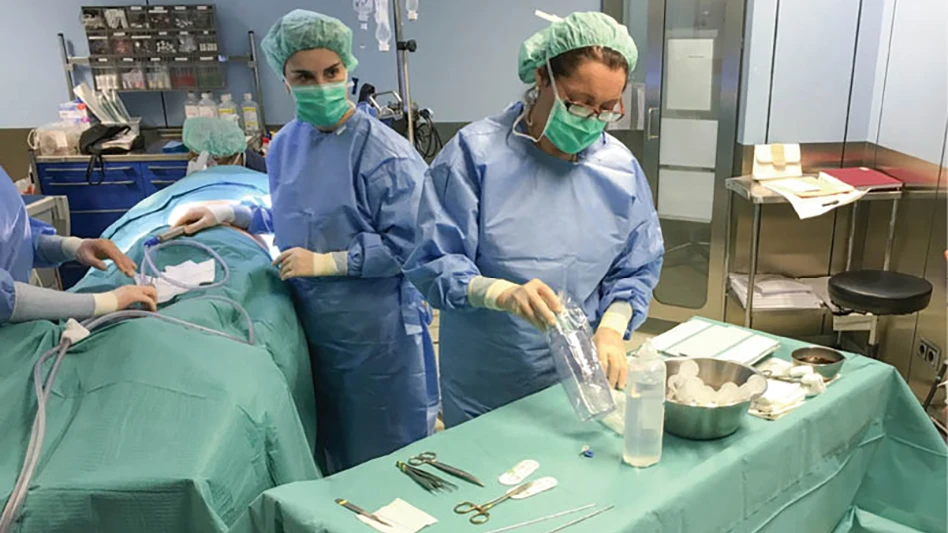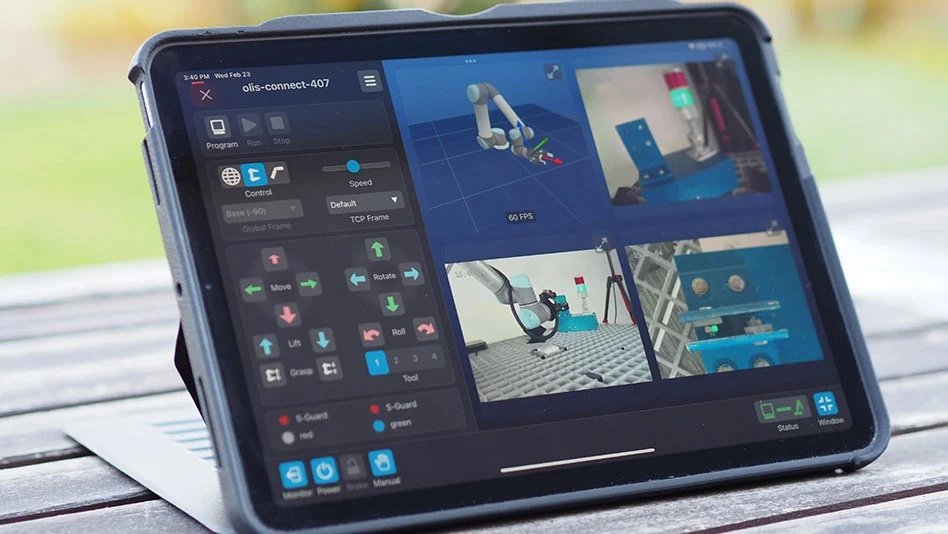
When many people hear a product such as a medical device is user friendly, they assume it’s easy to use. This isn’t the case, says Reade Harpham, a principal at product development company Priority Designs. The company has deep experience across industries, including medical devices and wearables, and Harpham has emphasized the importance of usability and quality when working to develop medical devices for their clients.
“For an infusion pump used in the home, if it’s easy enough for a toddler to use, that’s a terrible idea,” he points out. “To a brain surgeon, user friendly means something completely different than to a layperson, and so it might not be easy to use, but we’ve understood what they’re doing and we’ve pulled out the pain points and only brought to the surface the key elements that person needs to understand to do their job.”

Centering the user throughout the process
Whether a device is geared toward a patient or medical professional, Priority Designs emphasizes the importance of understanding the user’s needs from the beginning. A team will often work directly with patients, going to their homes to understand a day in their lives and how they live with their illnesses. Once they’ve gathered information about the user’s specific needs, they can go to work designing a device tailored to that user.
Priority Designs focuses on getting the users as involved as possible in the device development process. Ultimately, users know their own needs better than anyone else, so their input is highly valuable to the design and prototyping teams. User feedback during the iteration and prototyping of a device can help the team fine-tune it. Priority Designs is ISO 13485 certified for design and development, so doesn’t directly manufacture medical devices, but rather develops highly refined prototypes to be handed off to manufacturing partners. The company strives to have users try out and work with the prototypes, which ideally will function exactly as the final device will.
“When you’re running early usability testing you just need a good representation of the product – you don’t have production equivalence like you would need to do in a summative study for the FDA,” Harpham says. “If you’re conducting a formative evaluation, you will likely be using a prototype part. We build prototypes in house as far as we can to meet the needs of the testing. Our sweet spot is helping clients from concept or pre-concept through beta prototype, as quickly and as effectively as we can. And then we hand it off.”

Navigating technological and design challenges
Advancing technology has helped in designing user-friendly devices, but the road hasn’t always been smooth, according to Harpham. It’s possible to throw too much technology at something – for example, when graphical user interfaces (GUIs) were new, so many features were added to them that they became confusing and distracting – the opposite of user friendly.
“If it’s done well and done right, that technology should fade in the background and do the work without having the user even know it’s happening,” he says.
Overall, Harpham believes the advancement of technology will make the user experience easier and better. He gives the example of a clinical analyzer. Today’s technology is so powerful, the slide scanning and cell scanning can be done automatically by the device using artificial intelligence (AI). If a cell slide needs a higher level of interrogation, a machine can flag it and bring it to the technician’s attention, singling out the slides with areas of interest so the user doesn’t sort through thousands of slides to pinpoint what needs attention.

Priority Designs uses different technologies to prototype the products it develops. Nearly half the space of its 50,000ft2 Columbus, Ohio facility is dedicated to prototyping. The company currently has ten 3D printers as well as multiple CNC machines and a large capacity for soft tooling among several other fabrication methods. Wearables, for medical and other applications, are a big part of Priority Designs’ business, and those can get tricky to prototype due to the materials and technologies needed. Soft elements such as textiles are a particular challenge, as they can’t be sourced off the shelf like other materials can; they often need to be made to order. This can result in long lead times, so the company makes sure to consider these components and their sourcing from the earliest stages of the product development process.
Then there are electronics, which are becoming increasingly common in medical devices, particularly wearables. When incorporating electronics, the design team must balance several factors, including functional requirements, manufacturing capabilities, and user comfort with the technology.
One of the biggest challenges in medical device design, says Harpham, is striking a balance between form and function. A device must work well, be safe, and be aesthetically pleasing – but the latter is what tends to be most negotiable with some clients. The U.S. Food and Drug Administration (FDA) wants to see safety and efficacy before visual appeal; however, aesthetics often play a large role in ease of use. Certain areas of colors, for example, may make it easier for the user to navigate and understand a device. This may affect compliance, though not as much as comfort and safety do. To put it simply, patients want to feel well. If a medication or device makes them feel unwell or uncomfortable, they’re much less likely to continue using it, which comes back to the importance of involving the user in the design process from the beginning.
As technology advances, medical devices are becoming increasingly complex. Product development companies such as Priority Designs and the manufacturers they partner with must keep pace with the fast evolution of treatment options. Fortunately, manufacturing methods are evolving quickly as well, and more fabrication choices are available than ever before. Priority Designs has a wide variety of in-house technologies to choose from and combine for prototyping medical devices, allowing the company to develop products that assist medical professionals and support the daily lives of patients in new – and often improved – ways.
Priority Designs
https://www.prioritydesigns.com

Explore the September 2024 Issue
Check out more from this issue and find your next story to read.
Latest from Today's Medical Developments
- Best of 2024: #6 Article – Closing the global product information gap
- Best of 2024: #6 News – NUBURU enters medical device market with order Blueacre Technology
- Season's greetings
- Best of 2024: #7 Article – Synchronized machining processes for medtech
- Best of 2024: #7 News – 3D printing could revolutionize treatment for cataracts, other eye conditions
- Best of 2024: #8 Article – Perfecting the CMP process for surgical blades
- Best of 2024: #8 News – Johnson & Johnson to acquire Shockwave Medical
- Best of 2024: #9 Article – Strategy Milling combines old and new for precision dental restorations





